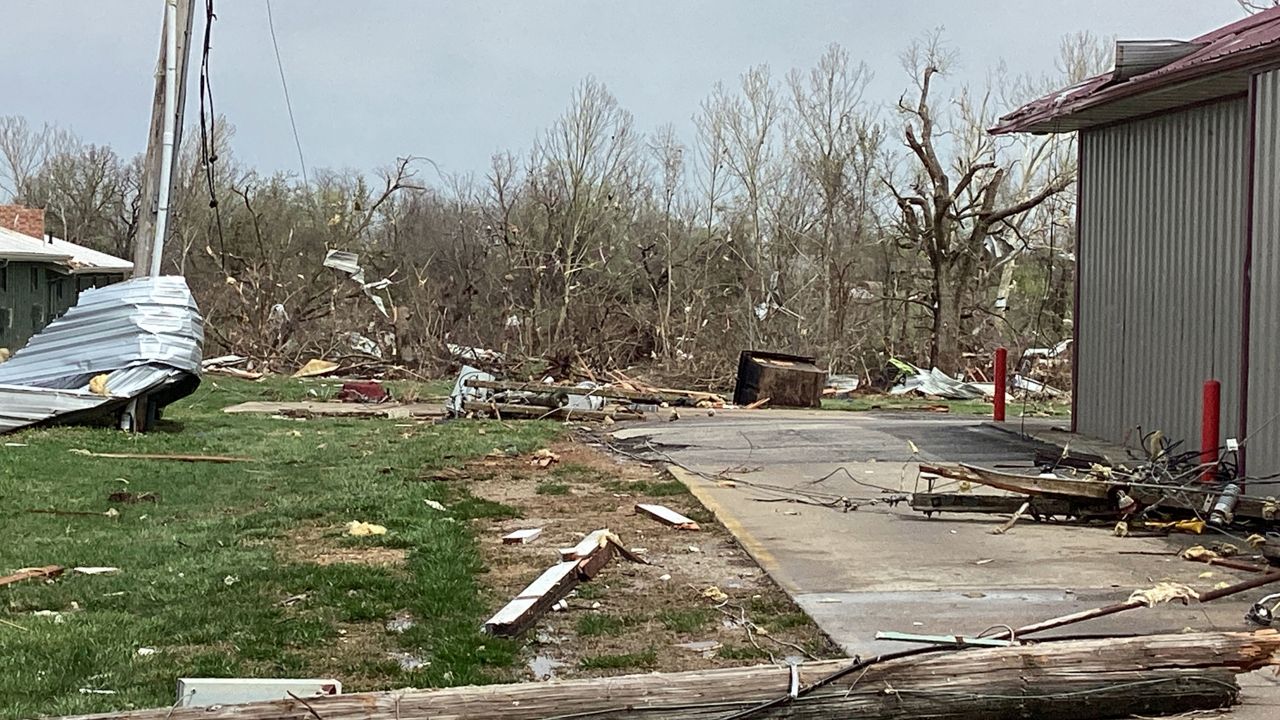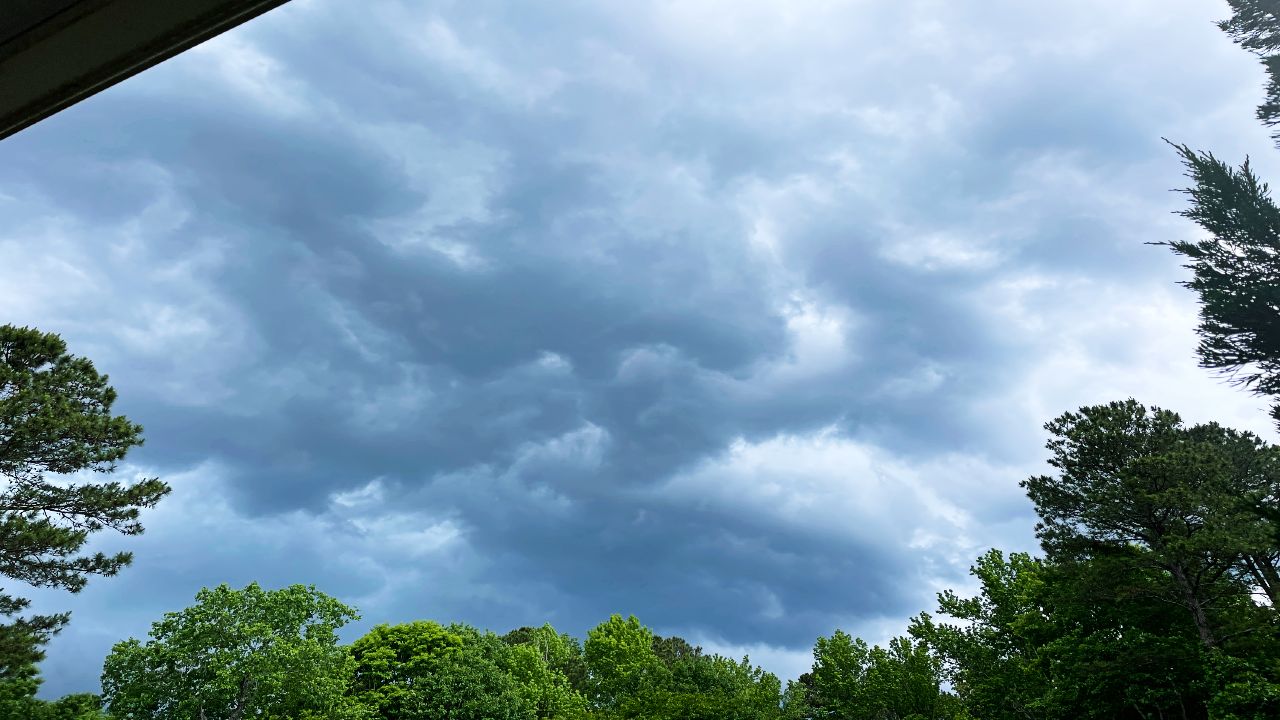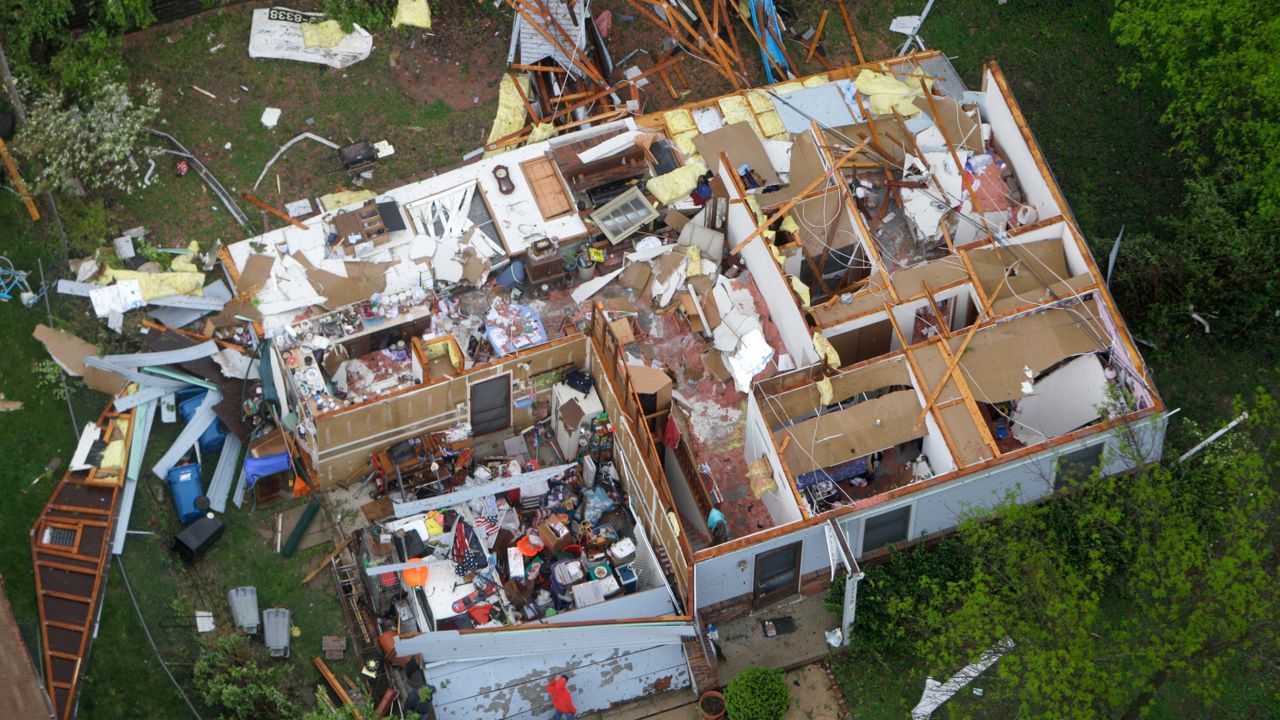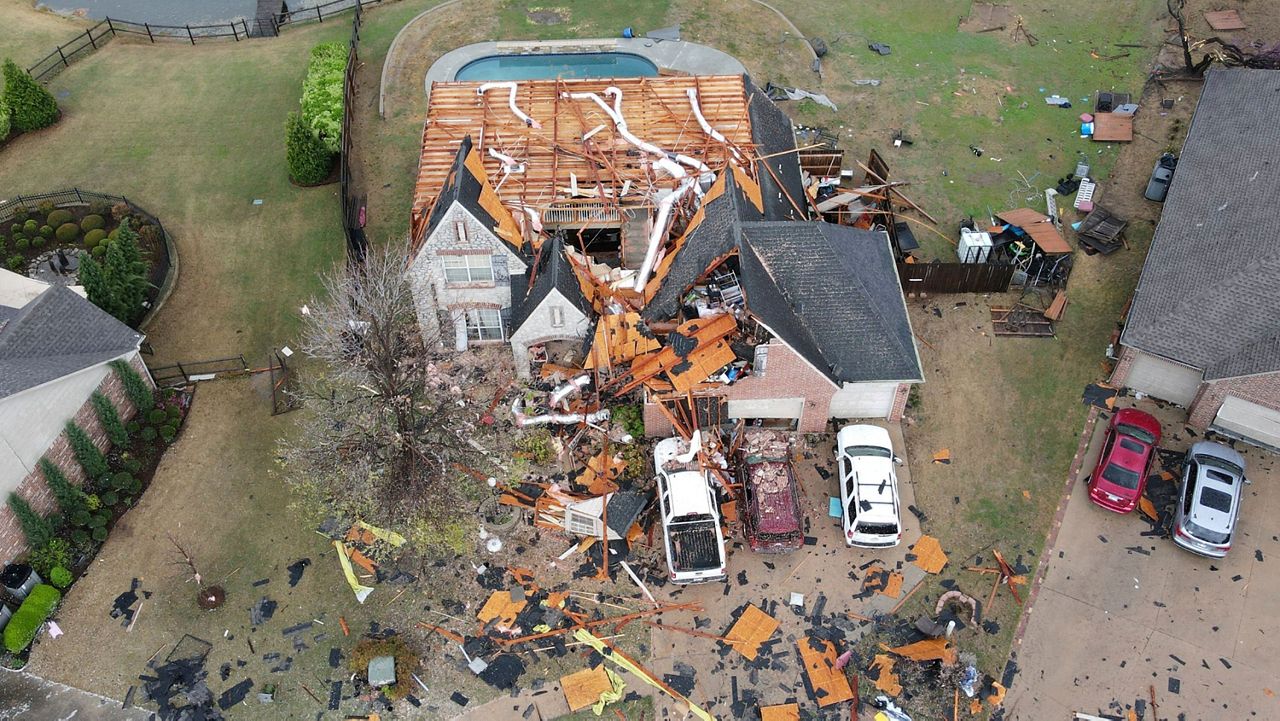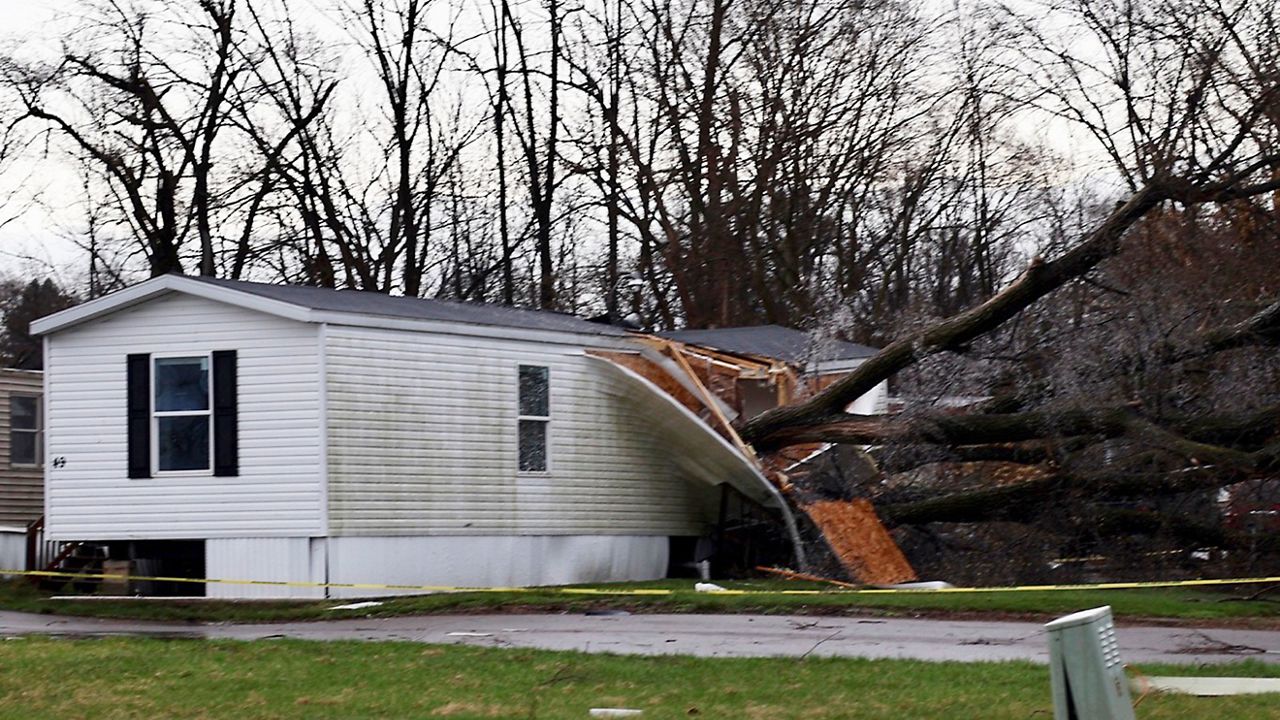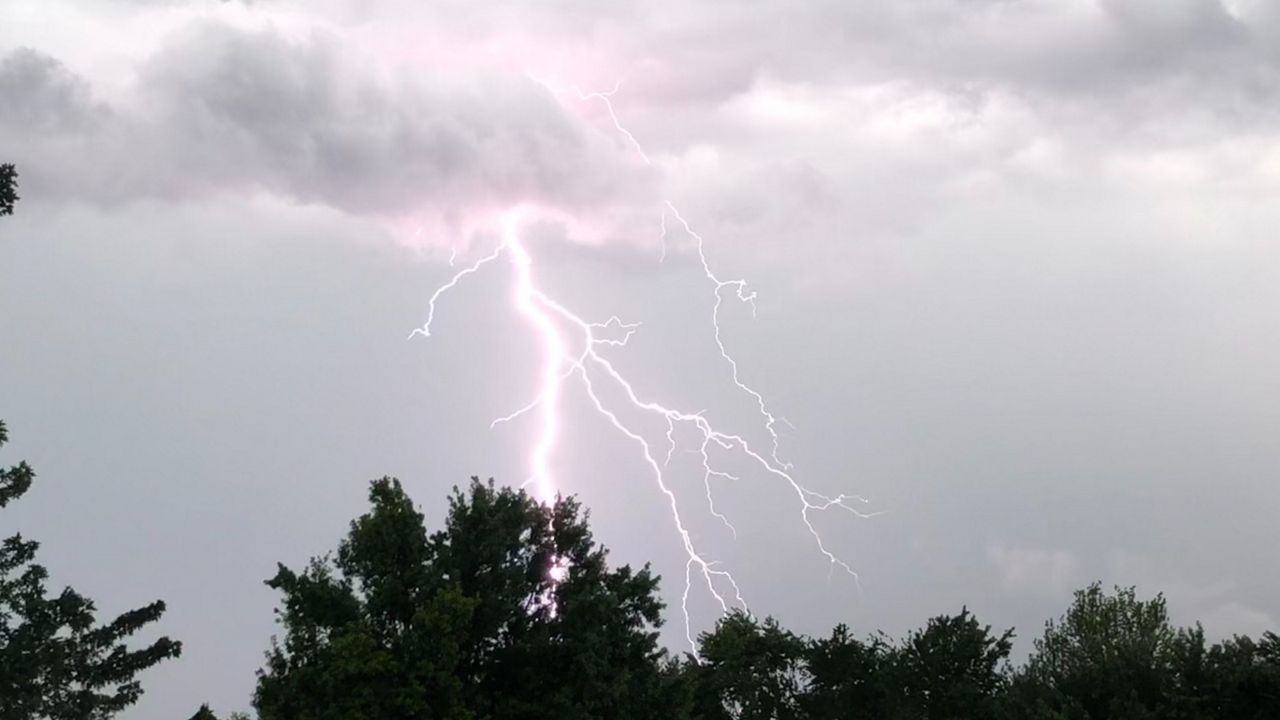It seems like we can’t go more than a few days in the St. Louis area without severe storms. We’ve seen thunderstorms produce tornadoes, hail, damaging winds and even flooding.
In fact, the month of April was the wettest April on record, with 10.85 inches recorded at St. Louis Lambert International Airport. Is this year an anomaly or is it just par for the course in spring with tornado producing storms?
Turns out, this year has seen an increase in tornadoes in the St. Louis forecasting area during the first third of the year and the data backs this up.
March and April have been especially active in the St. Louis forecasting area, with the March 14 event and the Easter Sunday (April 20) event. Both of those days saw several tornadoes in the region.
The forecasting area includes the 46 counties the National Weather Service in St. Louis has responsibility for and spans across east central Missouri and west central Illinois.
Through April 30, 2025, the tornado count is up 27 confirmed across the region. This is an increase through the same period over the past six years.
2019 to 2022 saw less than five tornadoes during the first four months of the year, with zero tornadoes confirmed in 2020. 2023 recorded 14 tornadoes with last year seeing an active year counting 16 tornadoes. This year, however, we've nearly doubled last year's total.
Does this mean activity should wane for May and June?
Storm fatigue may have set in, but don't let your guard down, May is another month St. Louis statistically sees severe storms.
A tornado can occur any month out of the year. We’ve seen that happen with Dec. 10, 2021 tornadoes in Defiance, Mo. and Edwardsville, Ill. and the “Good Friday” April 22, 2011 tornadoes that hit St. Louis County, including Lambert Airport.
But, “April and May account for around 40% of total tornadoes in the state,” says Missouri State Climatologist Zack Leasor.
As for the types of storms that produce tornadoes, “Supercell thunderstorms and Quasi-Linear Convective Systems (QLCS) are the two primary types of storms that produce tornadoes,” explains Meteorologist Alex Elmore with the NWS in St. Louis.
“Supercells typically produce strong (EF2 or greater) to violent (EF4 or greater) tornadoes,” he said.
The QLCS storms are responsible for the lower end tornadoes, the EF0 to EF1. 2025 has seen more of the supercell variety, producing those higher-end tornadoes.
The state’s most violent twister occurred during May. Joplin, Missouri’s EF5 tornado decimated the city and killed more than 150 people on May 22, 2011.
Our team of meteorologists dives deep into the science of weather and breaks down timely weather data and information. To view more weather and climate stories, check out our weather blogs section.





